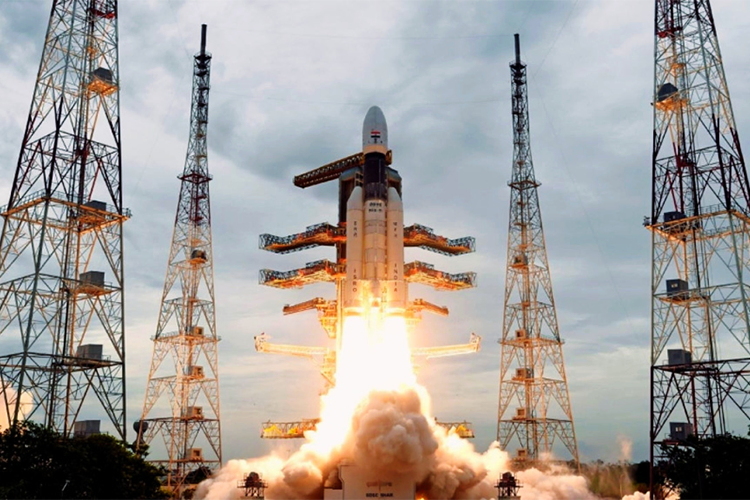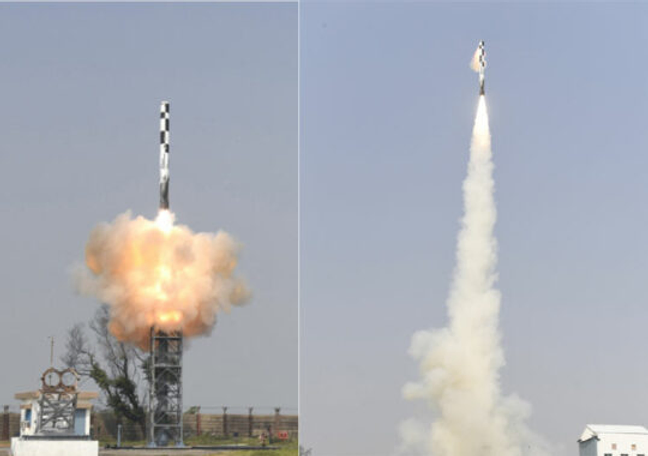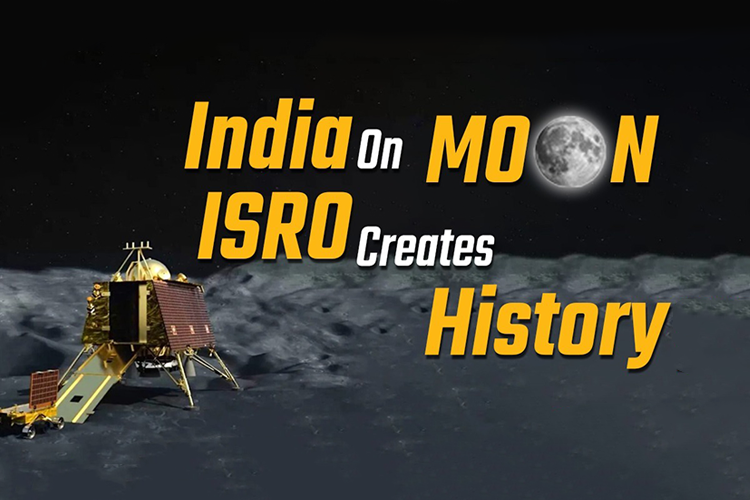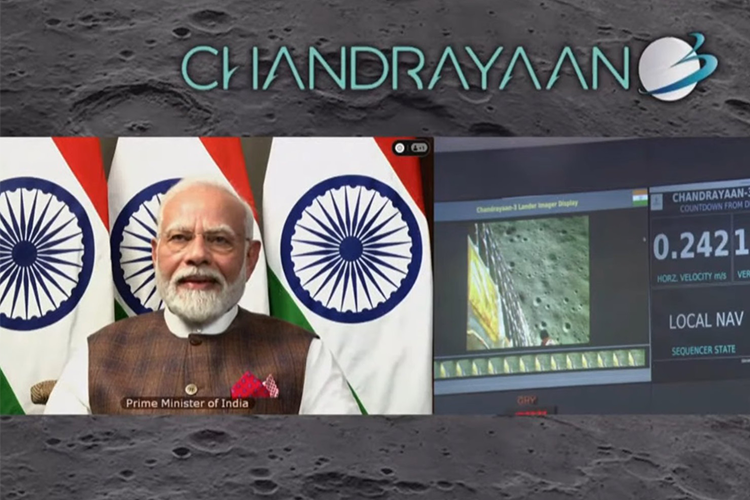
India's space program has been making significant strides in recent years, and the country's lunar exploration efforts have garnered global attention. The much-anticipated launch of Chandrayaan-3, India's third Moon mission, is scheduled for July 13, marking another crucial step in India's quest for scientific discovery and space exploration.
Explore the significance of Chandrayaan-3, its objectives, and the advancements it brings to India's space program.
1. Advancing Lunar Exploration:

Chandrayaan-3 follows in the footsteps of its predecessors, Chandrayaan-1 and Chandrayaan-2, which successfully showcased India's technological prowess and scientific capabilities. This upcoming mission aims to build upon those achievements and further enhance our understanding of the Moon's geological composition and its evolutionary history. The mission's primary objective is to land a rover on the lunar surface, conduct in-depth scientific experiments, and gather valuable data that will contribute to our knowledge of Earth's celestial neighbor.
2. Scientific Objectives:

Chandrayaan-3 is equipped with an array of sophisticated instruments to carry out its scientific objectives. The rover will analyze the lunar soil and rock samples, providing valuable insights into the Moon's geology and mineralogy. It will also measure the composition of the lunar atmosphere and investigate the presence of water molecules in the polar regions. By studying these elements, scientists hope to gain a better understanding of the Moon's formation and evolution, as well as its potential for future human habitation and resource utilization.
3. Technological Advancements

The launch of Chandrayaan-3 represents a significant technological leap for India's space program. The mission incorporates advancements in autonomous navigation, precision landing, and sensor technologies, enabling more precise control during the descent and touchdown phases. Additionally, the rover's scientific instruments have been upgraded to enhance their performance and increase the range of measurements conducted on the lunar surface. These technological enhancements not only improve the mission's scientific capabilities but also pave the way for future lunar explorations and the development of indigenous space technologies.
4. International Collaboration

Chandrayaan-3 is not only a testament to India's commitment to space exploration but also a symbol of international collaboration. The mission is set to carry payloads from other countries, including NASA, which will contribute their expertise and scientific instruments to enhance the mission's scientific objectives. This collaboration fosters global cooperation in space exploration and encourages the sharing of knowledge and resources for the benefit of all humanity. Chandrayaan-3 demonstrates India's willingness to collaborate and contribute to the global scientific community's efforts in unraveling the mysteries of the Moon.
5. Inspiring the Next Generation

The launch of Chandrayaan-3 is an inspiration for future generations of scientists, engineers, and space enthusiasts in India and beyond. It showcases the country's commitment to pushing the boundaries of scientific exploration and technological innovation. The mission serves as a catalyst for young minds, sparking their interest in space science and encouraging them to pursue careers in STEM fields. Chandrayaan-3's success will further instill a sense of pride and accomplishment among the Indian scientific community, reinforcing India's position as a significant player in the global space exploration landscape.
Conclusion
The launch of Chandrayaan-3 on July 13 represents another milestone in India's ambitious space program. As the country continues its quest for scientific discovery and exploration, this mission reinforces India's capabilities in lunar exploration, technological advancements, and international collaboration. Chandrayaan-3 holds the promise of expanding our understanding of the Moon's geology, contributing to scientific knowledge, and inspiring future generations.
Continue Reading...



















